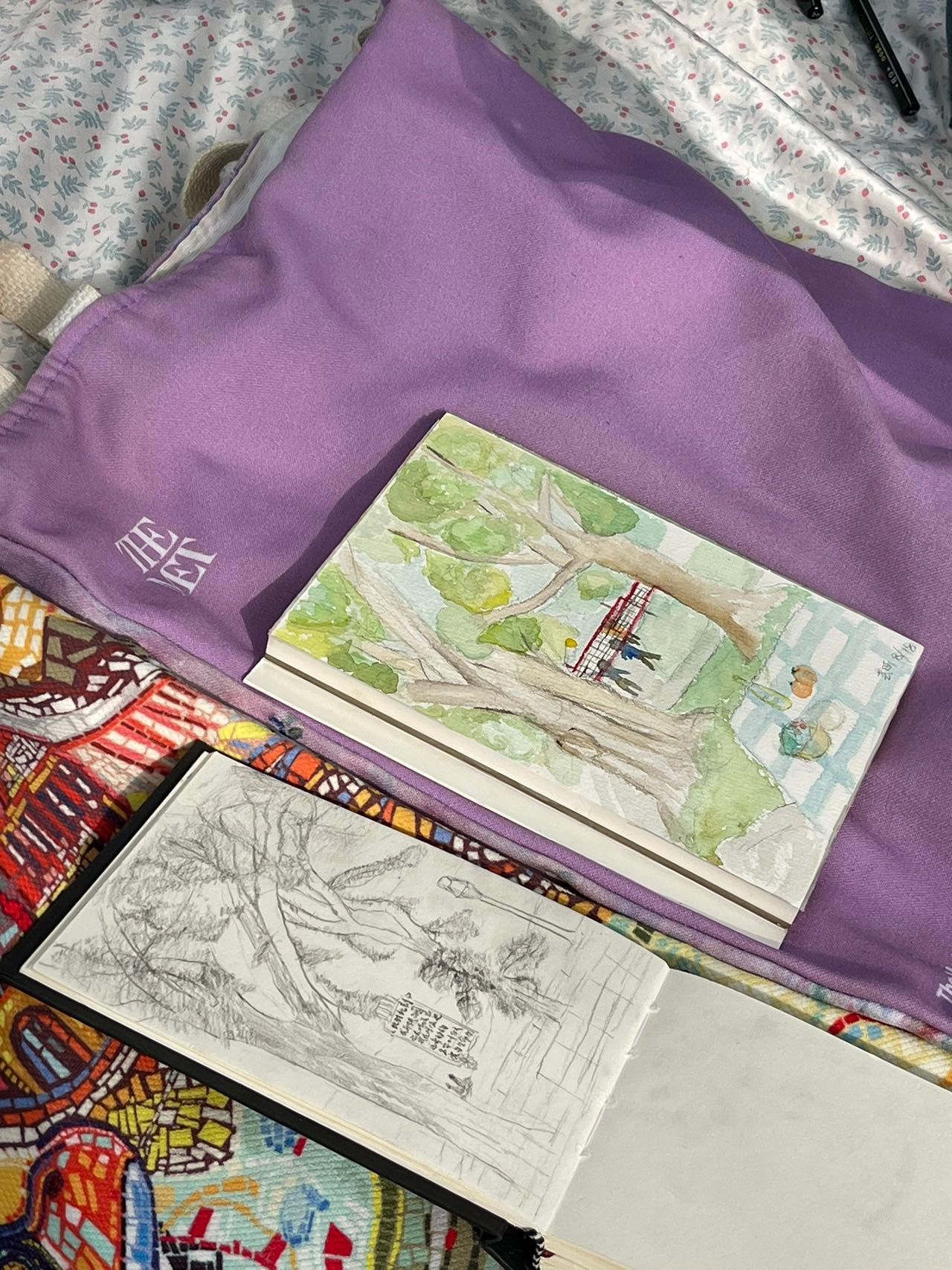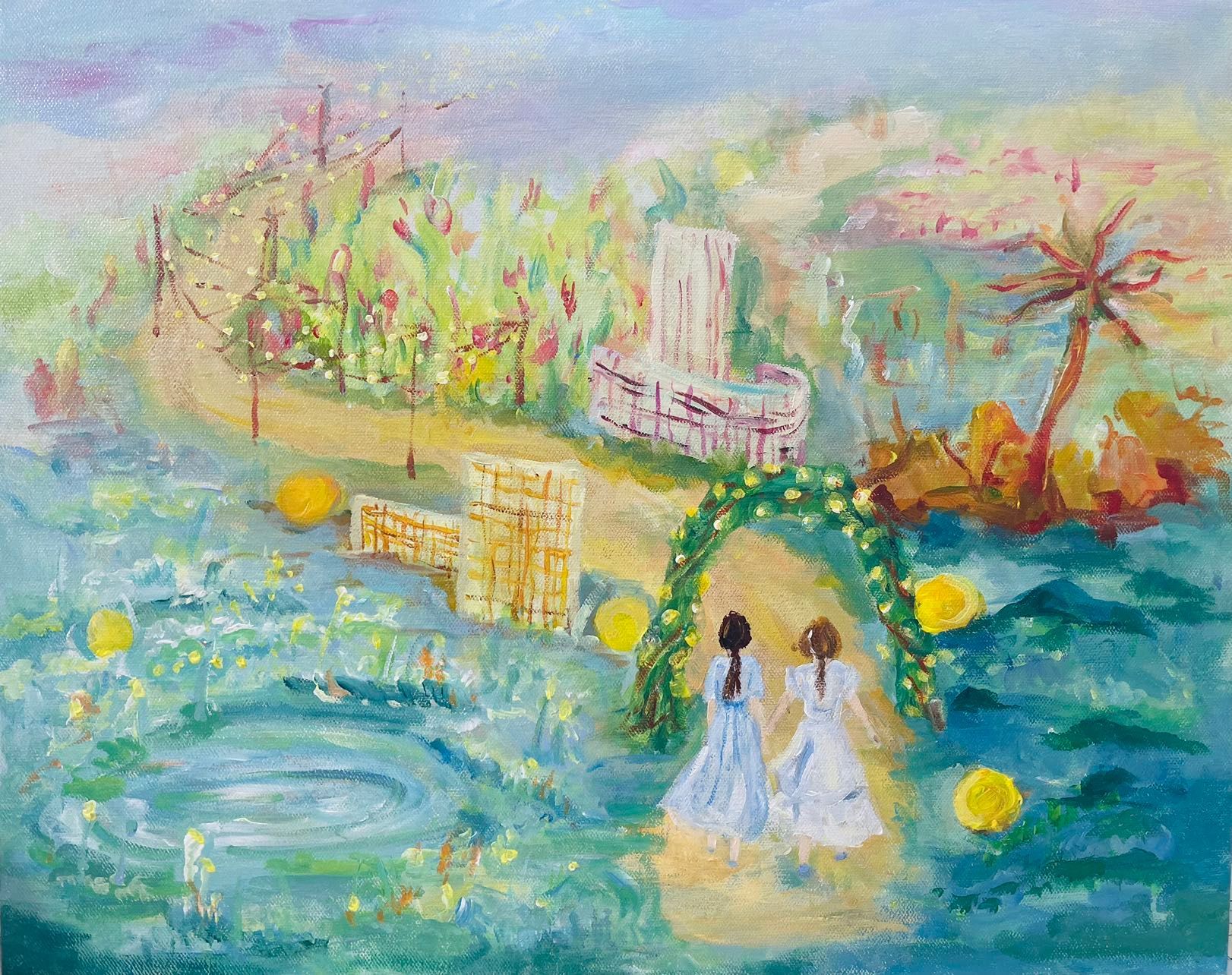First, Love Yourself
A Journey to Self-Care and Healing
In the heart of a bustling city like New York, it’s easy to lose touch with oneself. Rose, like many others, often found herself caught up in the rush—constantly trying to meet expectations, deadlines, and the needs of others. But one day, she decided it was time to pause and nurture her own soul. At Yight Studio, she discovered that self-love is the foundation of inner peace, and what better way to rediscover it than through the therapeutic process of painting?
Step 1: Letting Go of Perfection
The canvas began blank—much like Rose’s mind at the beginning of her journey. As she picked up the brush, there was a mixture of excitement and apprehension. Her first strokes were hesitant, soft reds blending together on the canvas. For Rose, the goal was to let go of the need for perfection. The act of putting paint to canvas wasn’t about creating a masterpiece; it was about expressing her inner world without judgment.
Step 2: Embracing Emotions
As the colors deepened and merged, the process became more immersive for Rose. She let the paint drip freely, allowing it to create its own paths, much like the unpredictable journey of emotions. The vibrant splashes of red and green represented the duality within her—passion and tranquility, joy and sorrow. Each brushstroke was a step towards embracing the complexity of her feelings, accepting that they were all valid parts of who she was.
Step 3: Discovering Hidden Layers
As Rose’s painting evolved, hidden layers began to emerge. In one moment, a bright red flower started to form amidst the blend of greens, symbolizing hope and self-growth. It was a reminder that even in the darkest moments, there is beauty waiting to bloom. The process of layering colors mirrored how Rose, like everyone, was made up of layers—each with its own story, shaped by her experiences.
Step 4: Overcoming the Darkness
Near the end of her session, Rose took a bold step: covering sections of the canvas with darker hues. It felt counterintuitive to add darkness, but it was a crucial part of her process. Just as in life, embracing her shadows allowed her to see the contrast more clearly, highlighting the areas where light shone through. This act of painting over symbolized acceptance—acknowledging that darkness was part of her journey to self-love.
Step 5: The Art of Self-Love
When Rose stepped back and observed her completed painting, it wasn’t just a piece of art—it was a reflection of her journey. Every drip, every stroke, and every layer represented a moment of letting go, a step towards loving herself. She realized that self-love isn’t a destination, but an ongoing process, much like art. It requires patience, acceptance, and the willingness to see beauty in every phase, even when it’s messy.


